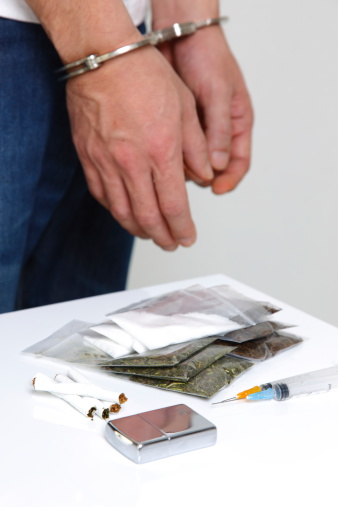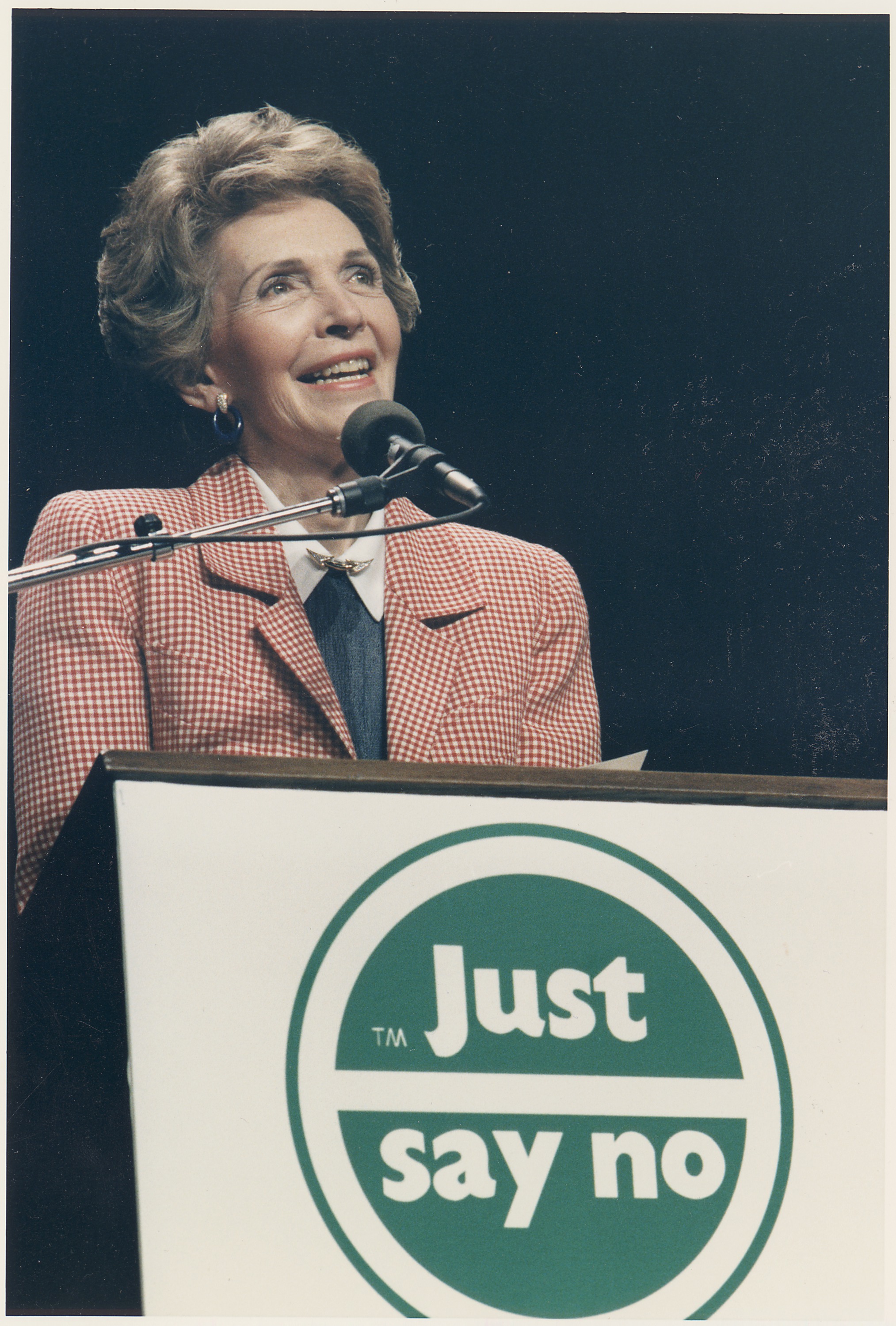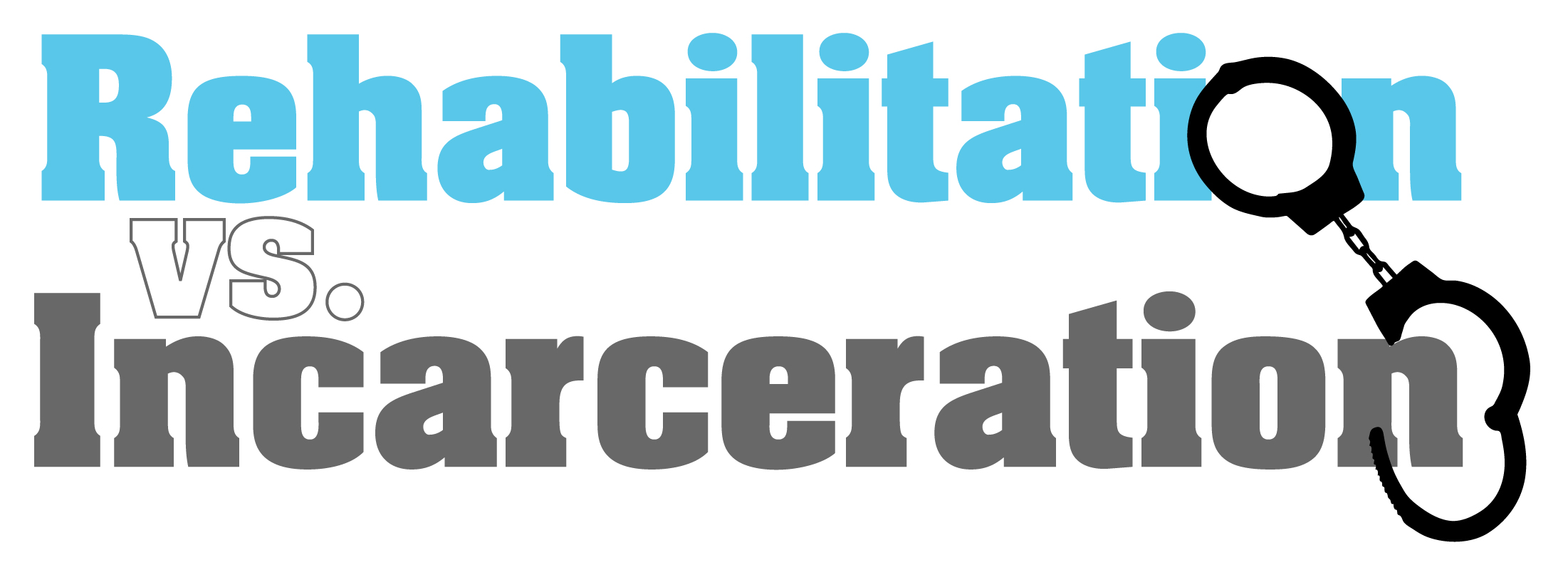 On November 4, 2014, voters of California passed a landmark piece of legislation that has already had dramatic effects on the landscape of the state’s legal system, and could have even farther reaching effects. Proposition 47, overwhelmingly supported by over 59 percent of the voting population, reclassified most “non-serious and nonviolent property and drug crimes” from felonies to misdemeanors.[1] These include crimes such as check fraud, petty theft (both must be under $950) and certain drug possession charges; unless the offender has prior convictions for murder, rape, certain sex offenses and certain drug crimes.
On November 4, 2014, voters of California passed a landmark piece of legislation that has already had dramatic effects on the landscape of the state’s legal system, and could have even farther reaching effects. Proposition 47, overwhelmingly supported by over 59 percent of the voting population, reclassified most “non-serious and nonviolent property and drug crimes” from felonies to misdemeanors.[1] These include crimes such as check fraud, petty theft (both must be under $950) and certain drug possession charges; unless the offender has prior convictions for murder, rape, certain sex offenses and certain drug crimes.
Key Specifics of Proposition 47
- Allows resentencing for anyone currently serving a prison sentence for a Proposition 47 crime.
- Requires a “thorough review” of both an individual’s criminal history and risk assessment, before resentencing to ensure public safety.
- Creates a Safe Neighborhoods and Schools Fund. The fund will be subsidized by savings accumulated by the state during the fiscal year, as compared to the previous fiscal year, before the passing of the proposition.
- Allows pre-trial defendants who were arrested for Proposition 47 crimes to have their felony charges reduced to misdemeanors.
- Allows individuals who have already served time for Proposition 47 crimes to change the felony on their record to a misdemeanor.
The intended impact of the legislation was to reduce prison overcrowding and limit incarceration for drug users in favor of rehabilitation and treatment. Supporters of the bill claimed that it would reduce incarceration-related costs, much of which (65 percent) would be spent on addiction and mental health treatment. Opponents of the legislation argued that drug users were going to be let off the hook too easily and enabled to continue abusing drugs, with no real threat of jail time as a consequence.
More than seven months after the legislation’s passing, it appears that both sides were somewhat right about its impact.
A Mixed Bag of Results
While it may be a bit premature to assess the success or failure of Proposition 47, which is not even a year old, there are numbers that people on either side of the argument can point to as affirmation. As with any new bill, a long-term view will provide better insight as to the impact of the law.
Supporters of the bill could point to the immediate drop in the Los Angeles inmate population – going from 18,601 in November of 2014 to 17,285 by the end of January. Even further, narcotics arrests have fallen by 30 percent in the city compared to the same time last year. Of the 3,068 inmates released by the California Department of Corrections and Rehabilitation since November, only 14 have ended up back in jail – a mark of .005 percent.
Opponents of the new law will point to the seven percent increase in property crimes in Los Angeles since the bill’s passing, and a 10 percent increase in sheriff’s territory. Law enforcement officials claim they’ve lost a valuable tool in dealing with drug abusers, who are now free to get high and steal to support their habits.
San Bernardino County Deputy District Attorney, Kris Parde, complained that many are abusing the new system. She said that the DA’s office receives between 10 to 20 calls every day, reporting burglaries of major retailers, where suspects steal anywhere from $500 – $949 worth of goods, since anything less than $950 is considered a misdemeanor.
 “We have them on video with calculators, going through the store, adding up things so they can stay below the threshold cutoff,” Parde said.
“We have them on video with calculators, going through the store, adding up things so they can stay below the threshold cutoff,” Parde said.
Another result of the bill is the diminishing of drug court programs throughout the state. Drug court is used as a diversionary program to help drug abusers stop using drugs. After successfully completing a rigorous 18 month program – including urine tests and court dates – charges are dropped. With drug possession now being a misdemeanor, there’s little incentive to join the program, leading to a 50 percent drop in drug court applications in Los Angeles County since Proposition 47 went into effect.[2]
The Battle of Treatment Vs. Incarceration
The debate between jail time or rehabilitation has been fought since President Richard Nixon declared war on drugs in June of 1971 and President Ronald Reagan expanded it in 1980. Since then, federal policies have come down heavily on the incarceration side. The number of people incarcerated for nonviolent drug offenses went from 50,000 in 1980, to 400,000 by 1997.
The war on drugs saw the rise of the “Just Say No” campaign, three-strikes and you’re out legislation and an intense focus on punishing all drug users. Reagan’s Anti-Drug Abuse Act of 1986 created the policy of mandatory minimums, which has received much criticism for promoting racial disparities, based on the differences for sentencing crack and cocaine.
minimums, which has received much criticism for promoting racial disparities, based on the differences for sentencing crack and cocaine.
More than 40 years of spending billions and losing countless lives in the war on drugs has only resulted in overcrowded prisons. It has not resulted in lower rates of addiction or the eradication of drugs from our streets. If anything, numbers suggest the tide has turned in the opposite direction. In 2010, 1.64 million people were arrested for drug offenses; 80 percent of those arrests were for possession and nearly half involved small amounts of marijuana.[3]
A 2012 study commissioned by the National Institute on Drug Abuse found that 40 percent of high school students admitted to using illegal drugs within the last year – an increase of 10 percent from 20 years earlier. Approximately 15 percent of high school seniors said they abused prescription drugs in the past year. Twenty years ago, prescription drug abuse was not a concern and was not even measured.[4]
Prevention Is More Effective than Punishment
Will being in jail make a drug addict stop abusing drugs? This question is central to the debate of rehabilitation vs. incarceration. For people who are addicted to heroin, crack, cocaine and other illicit drugs, using drugs is more about physiological and psychological dependency than it is about a lack of moral character. There are also often genetic, environmental and mental health factors to consider as well.

Without taking preventative and corrective actions to modify an addict’s behavior and address any mental conditions, they are likely doomed to fall back into the same habits following incarceration. Additionally, a criminal record can become a burdensome impediment for individuals trying to get a job, an apartment, a credit card, or doing anything to get their lives on the right track.
Effective rehabilitation and education target the source of an individual’s addiction, raises self-awareness and adjusts flawed perceptions about substance abuse. Additionally, a shift in focus to rehabilitation over incarceration will save the federal government billions annually, lower prison populations and keep the people who actually belong in jail behind bars.



